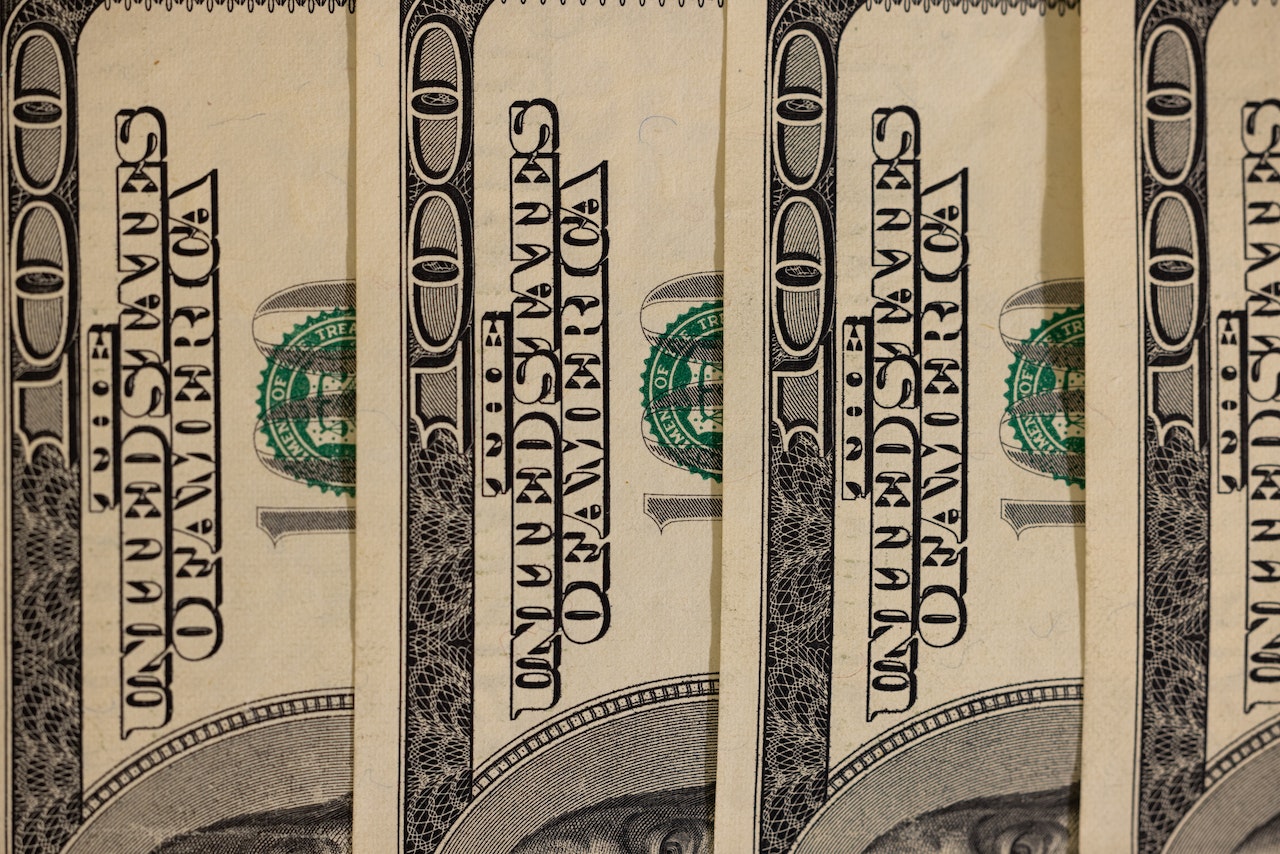In a noteworthy turn of events, the bond market has witnessed a surge in the benchmark US Treasury yield, reaching a level not seen since 2007 at 5%. This has spurred speculation among investors regarding the potential for further increases. Federal Reserve Chairman Jerome Powell’s recent speech before the New York Economic Club on Thursday has set the stage for a potential November pause, with Powell indicating that the robust economy might warrant tighter financial conditions. Powell also acknowledged emerging risks and the necessity of a cautious approach.
Greg Whiteley, a portfolio manager at DoubleLine, interpreted Powell’s message as a clear signal that a Federal Reserve bailout is unlikely in the near future. This sentiment has encouraged some to explore the possibility of interest rates rising above 5%. Whiteley has even predicted that 10-year yields could reach as high as 5.5% before plateauing.
The continuous upward trajectory of Treasury yields has triggered concerns across various asset classes in recent months. U.S. government bonds are on track for an unprecedented third consecutive year of losses. The S&P 500 has dipped 7% from its peak in July, and credit spreads have widened, underlining the potential implications of rising yields.
Gennadiy Goldberg, the head of U.S. rates strategy at TD Securities, has expressed the view that a sustained move above 5% on the 10-year yield is a possibility. He noted, “the longer we remain at higher interest rates, the more likely something is to break.”
Expectations of the Federal Reserve’s aggressive monetary tightening leading to a recession have been deferred over the past year, as economic activity has demonstrated resilience in the face of higher borrowing costs. Powell pointed to the “term premium” as one of the driving factors behind yields, which represents the additional compensation investors demand for owning longer-term debt. This term premium is measured using financial models.
Sameer Samana, senior global market strategist at the Wells Fargo Investment Institute, has suggested that the higher yields and broader financial tightening may be accomplishing the Fed’s objectives by tempering economic growth and curbing inflation.
Alan Rechtschaffen, senior portfolio manager and financial advisor at UBS Global Wealth Management, has voiced concerns about the potential repercussions of elevated yields and has emphasized the need for the Fed to exercise caution in the current scenario.
Robert Tipp, chief investment strategist and head of Global Bonds at PGIM Fixed Income, noted that even if the Fed reduces rates in the coming years, yields could remain above 5% if inflation and growth continue to stay high. This implies that the markets may need to adapt to a higher-for-longer rate environment, in line with the Fed’s “higher for longer” stance.
It remains uncertain how high yields might climb, as their trajectory is closely tied to economic activity and market dynamics. Consequently, the market will maintain a vigilant watch on the Federal Reserve’s approach and its response to the present state of the economy.
In conclusion, the bond market selloff and the surge in benchmark US Treasury yield to 5% have sparked discussions about the Federal Reserve’s monetary policy and its potential repercussions on various financial sectors. While economic resilience has delayed fears of an impending recession, the markets will remain on high alert, awaiting the Fed’s continued approach and its adaptability to the ever-evolving economic landscape.
Source: Reuters



